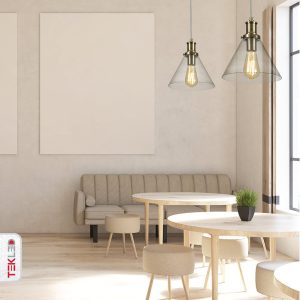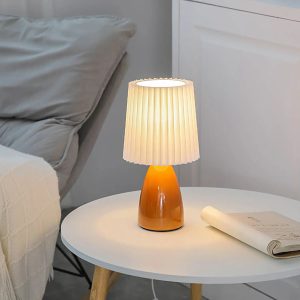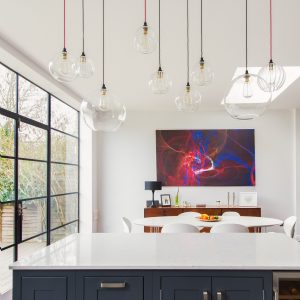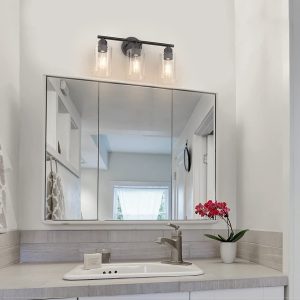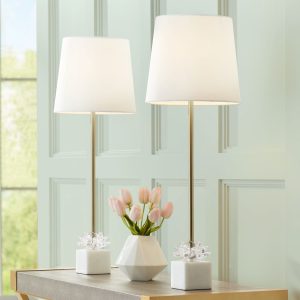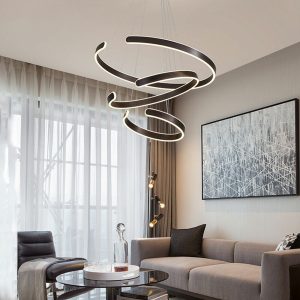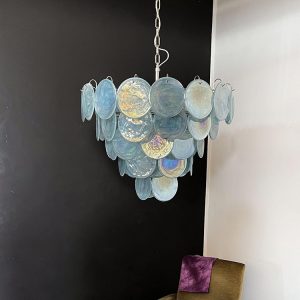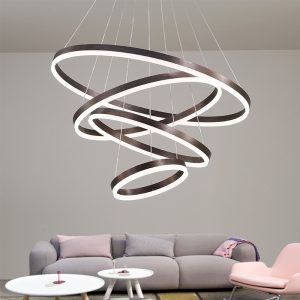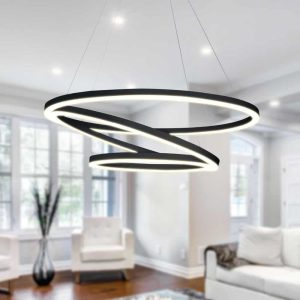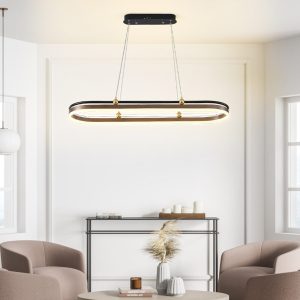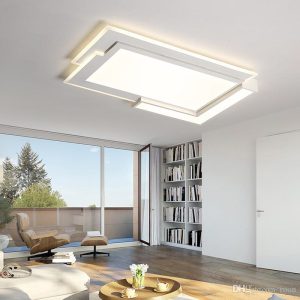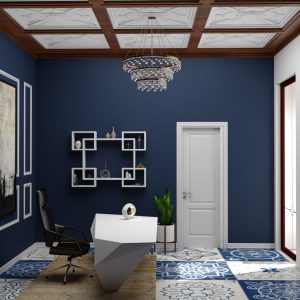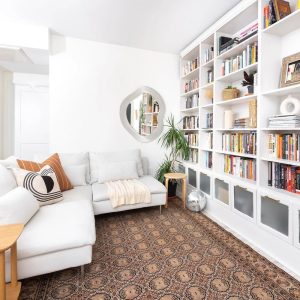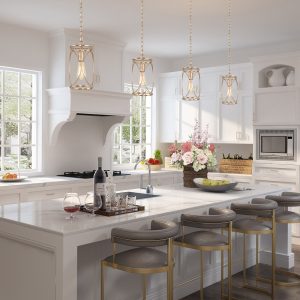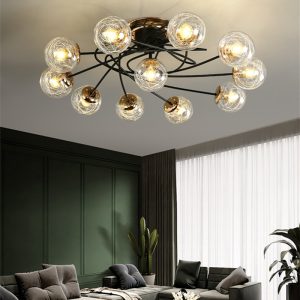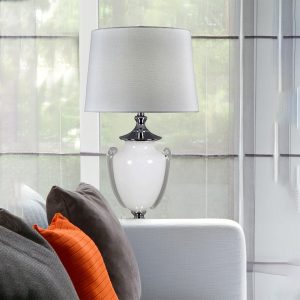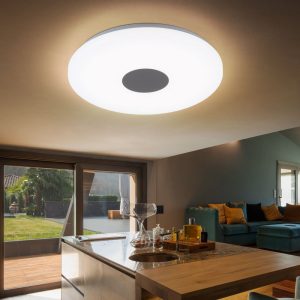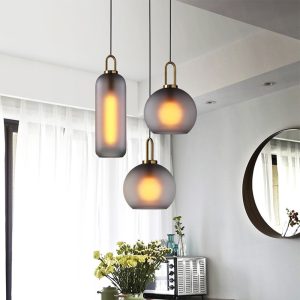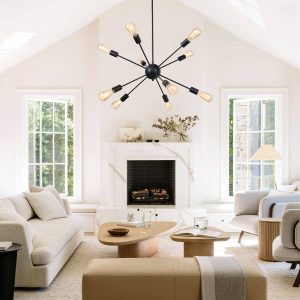Introduction
Light is an essential element in architectural design, as it not only illuminates spaces but also creates moods and ambiance. Architects use light to highlight structural elements, improve functionality, and enhance the visual appeal of modern designs. As lighting technology evolves, architects can experiment with new ways to integrate light into their designs. From natural light to LEDs and fiber optics, architectural light has come a long way in transforming buildings and spaces. This article explores how architectural light contributes to modern design and the different types of lighting available.
The Importance of Architectural Light
Architectural light has a profound impact on the aesthetic and functional aspects of modern designs. For example, natural light can create warmth and intimacy in a living room, while LED lights can enhance the visual appeal of a retail store. By strategically placing light sources in a building, architects can create visual interest and highlight design elements like curves, angles, or patterns. Lighting can also improve functionality by providing adequate illumination for work, safety, and navigation.
Natural Light
Natural light is a timeless element in architectural design, and it has a positive effect on human health and well-being. Exposure to natural light can boost mood, increase productivity, and regulate circadian rhythms. In architectural design, natural light can be used to enhance the visual appeal of a building’s interior, create a sense of space, and reduce energy costs by reducing the need for artificial light. Windows, skylights, and light wells are common ways of incorporating natural light into modern designs.
Artificial Light
Artificial light has come a long way in transforming modern designs, thanks to innovative lighting technologies like LEDs, fiber optics, and smart sensors. LED lighting is particularly popular in architectural design due to its energy efficiency, color options, and flexibility. LED lights can be used to create mood lighting, highlight design details, or provide functional lighting for different spaces. Fiber optics, on the other hand, can transmit light over long distances without losing intensity, making them suitable for lighting large-scale installations and outdoor spaces.
Lighting Design Techniques
As architects experiment with different lighting technologies, they also use various techniques to achieve specific lighting effects. For example, uplighting can create a dramatic effect by highlighting a wall or ceiling, while downlighting provides functional lighting for work or navigation. Accent lighting can be used to draw attention to a specific object or design feature, while mood lighting can create a relaxing or intimate atmosphere. Lighting designers also use color, texture, and shadow to create visual interest and depth in a space.
Conclusion
Architectural light is a crucial element in modern design, and its impact on aesthetics and function cannot be overstated. From natural light to LEDs and fiber optics, architects have various lighting options to enhance their designs. By understanding the different types of lighting and lighting design techniques available, architects can create engaging and functional spaces that meet the evolving needs of modern life. Therefore, it’s essential to consider lighting in any modern design plan to achieve the desired effect and environment.

